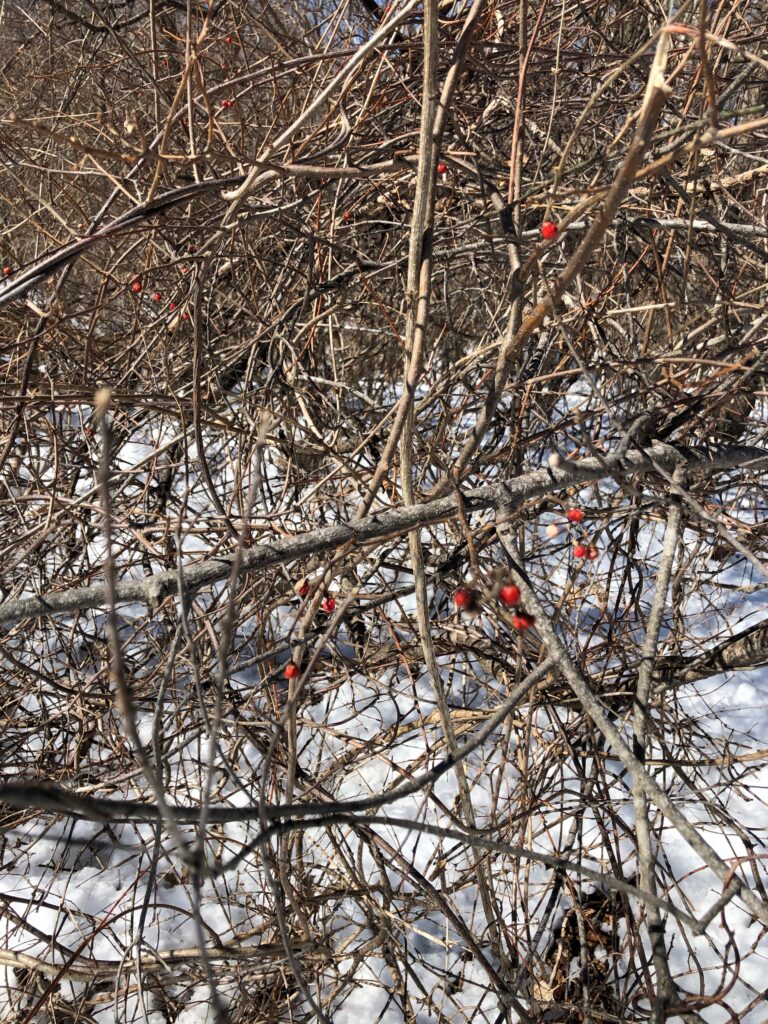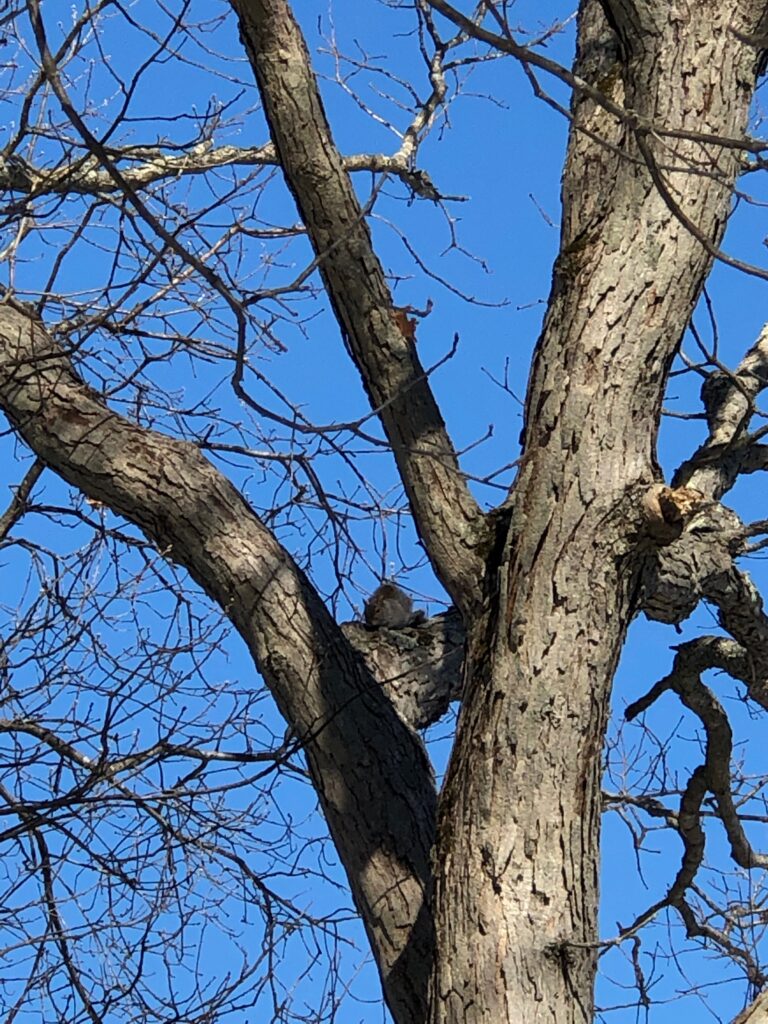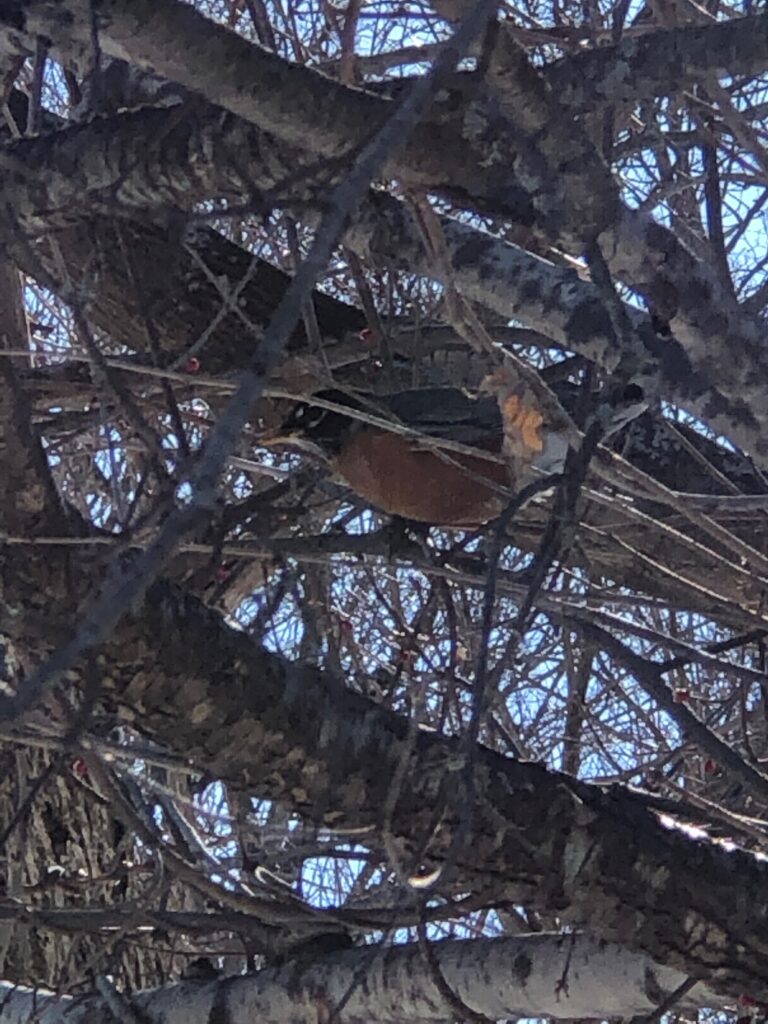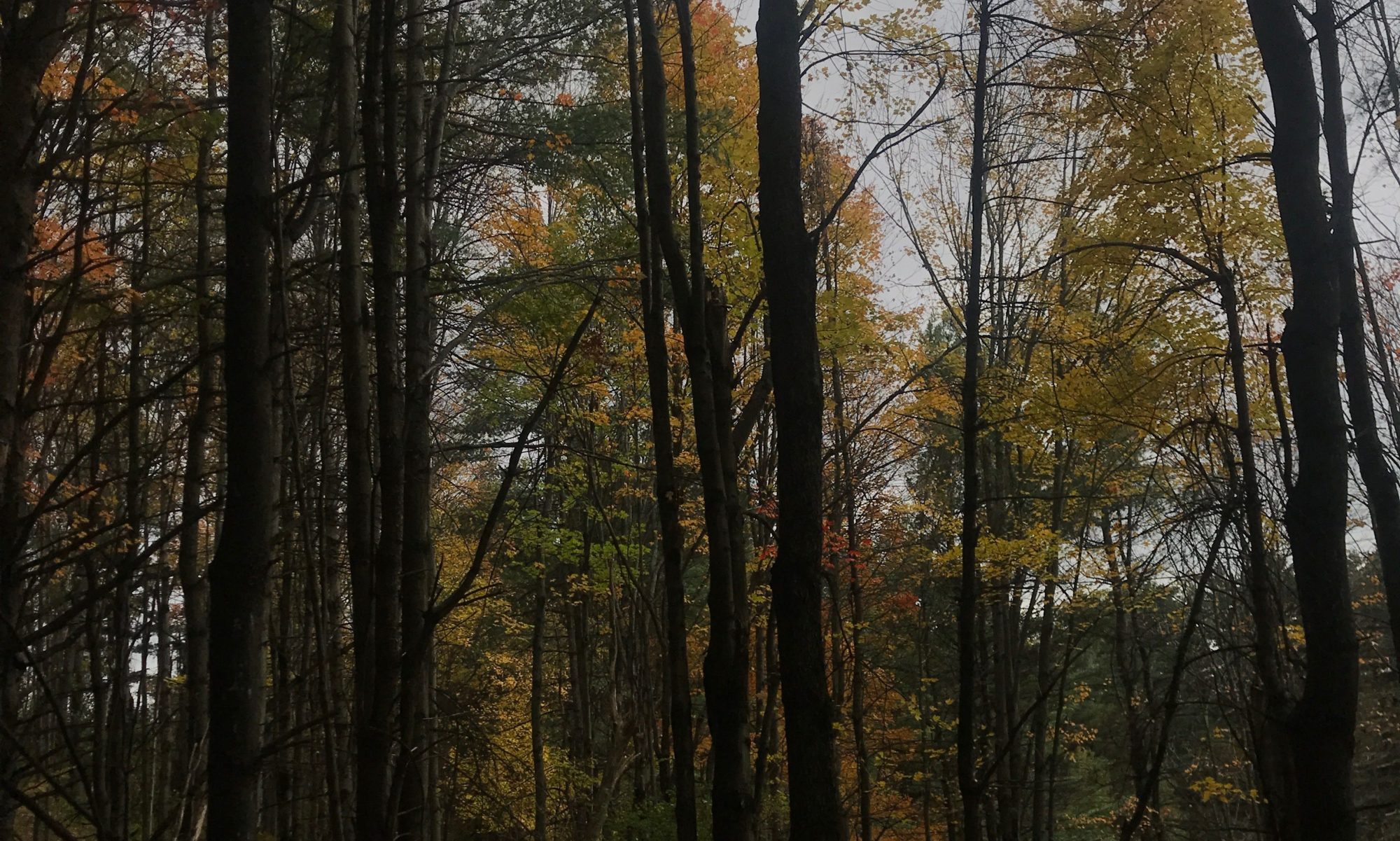Over break, I visited one of my favorite spots a town over from my hometown. I used to visit it a lot when I was younger with my family, but hadn’t visted in a few years. Arlington’s Great Meadows (AGM) is 183 acres and located in both Arlington and Lexington, Massachusetts. It is easily accessible as it borders the Minuteman Bikepath which has many daily walkers and bikers. There are also trails in AGM that connect to other natural areas making it a perfect place for a nature outing! Because of this, there are many visitors daily.
AGM is part of the Mystic River watershed and was once a glacial lake. The area is surrounded by a wet meadow created by glacial outwash. This is a similar natural history to that of Centennial Woods, which may explain the similarities in species.
I saw many types of trees that were similar to those in Vermont: Sugar Maple, Oak, and Birch. I also stumbled across a shrub that I had never seen before. upon further investigation I discovered that it is most likely Asiatic Bittersweet, which is a very common invasive species.

I also saw some Paper Birch:

In addition, I saw some wildlife. I saw some squirrels, just like at my phenology spot in Burlington, but I also saw some birds that I had yet to see this year!



